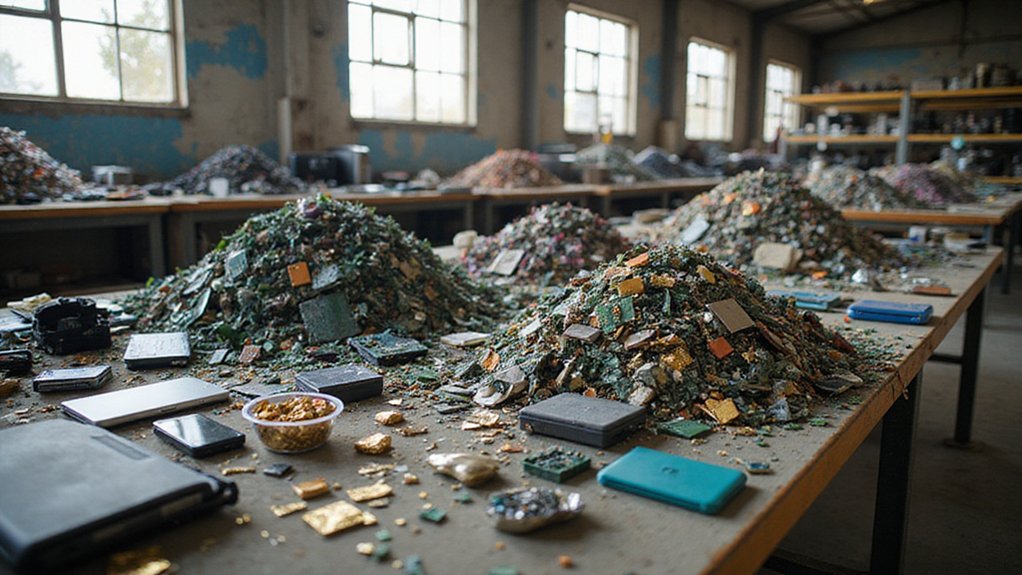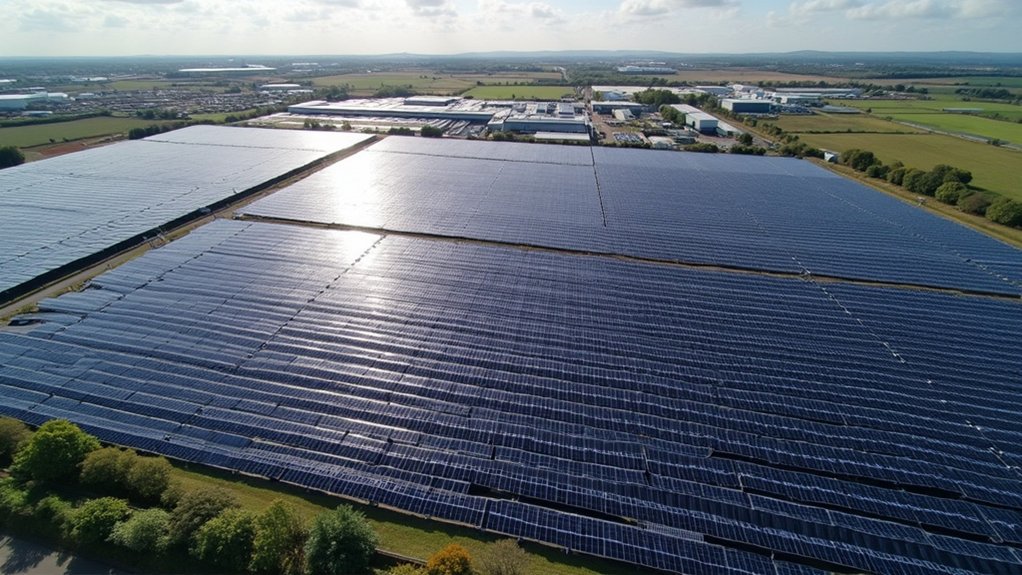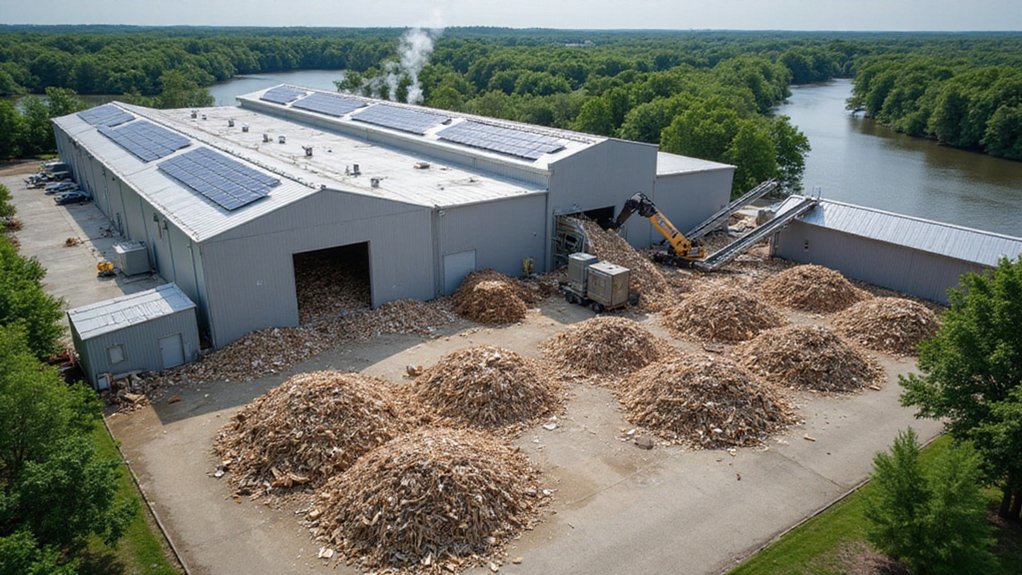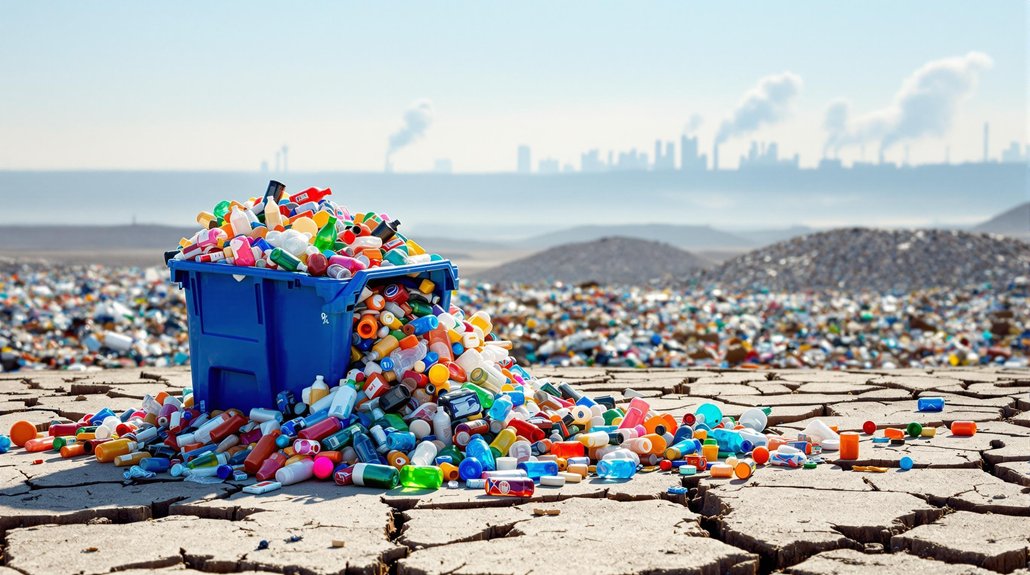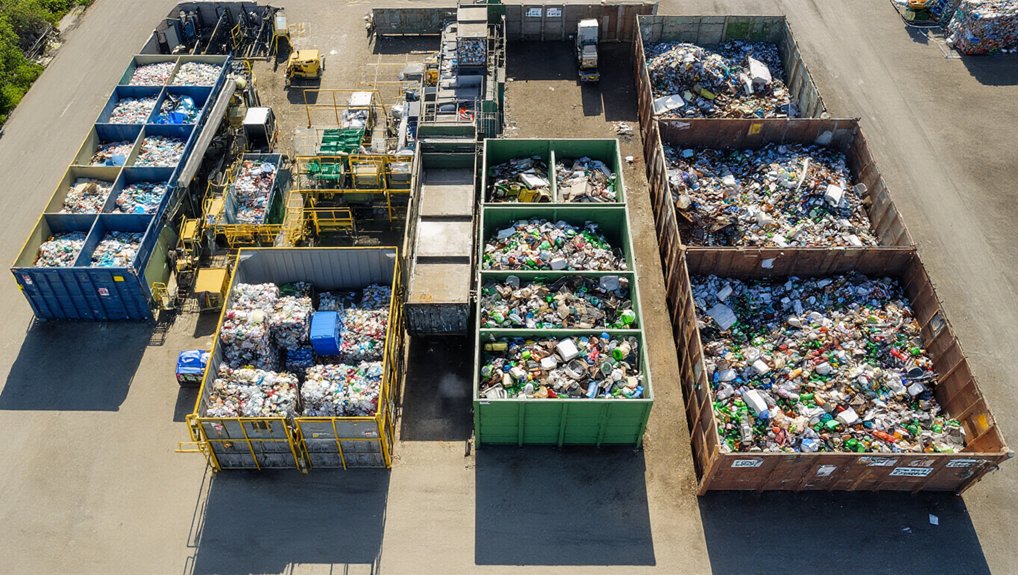As Argentina’s digital environment expands rapidly, the country faces a growing mountain of electronic waste that reached approximately 517,000 metric tons in 2022. This e-waste includes many types of discarded devices, from refrigerators and monitors to small gadgets and telecommunication equipment. The problem grows each year as more Argentinians buy new electronics and discard old ones.
Argentina’s digital boom creates an avalanche of discarded electronics, with e-waste mountains growing higher as consumption patterns accelerate.
Unlike countries in Europe, Argentina doesn’t have strong national laws for handling e-waste. Instead, local governments and non-profit groups lead collection efforts and recycling programs. Many cities now have “Green Points” where people can safely drop off old electronics. Meanwhile, a large portion of e-waste still ends up in the informal sector, where workers may face health risks from toxic materials.
When e-waste isn’t handled properly, it creates serious problems. Chemicals like lead and mercury can leak into soil and water. People living near unregulated recycling areas often suffer breathing problems and other health issues. That’s why recent public health campaigns aim to teach communities about safe disposal options.
The global market for managing e-waste is growing fast and is expected to reach $206 billion by 2033. Argentina is becoming part of this trend, with more recycling companies establishing operations in the country. These businesses see value in what others throw away. The trend aligns with global circular economy concepts that are gaining significant traction across the waste management industry. Access to comprehensive statistics is crucial for developing effective waste management strategies that address Argentina’s unique e-waste challenges.
One bright spot is the rise of “second-life” initiatives across Argentina. Community tech labs take used computers and fix them for schools and low-income families. Entrepreneurs create new products from old parts, turning trash into treasure. These efforts follow circular economy ideas, where products are reused instead of thrown away. Proper recycling of electronic components contributes to carbon sequestration by reducing the need for energy-intensive manufacturing of new devices.
Research teams are also developing better ways to extract valuable metals from circuit boards and other components. These innovations help reduce mining impacts while creating local jobs.
Though challenges remain, Argentina’s growing focus on e-waste solutions shows promising signs for a more sustainable digital future.
References
- https://www.statista.com/statistics/1337103/e-waste-generation-by-type-argentina/
- https://www.imarcgroup.com/e-waste-management-market
- https://www.insightaceanalytic.com/report/e-waste-management-market/1662
- https://www.statista.com/statistics/1337112/e-waste-generation-by-type-in-latin-america-by-country/
- https://www.datainsightsmarket.com/reports/e-waste-disposal-1678797
